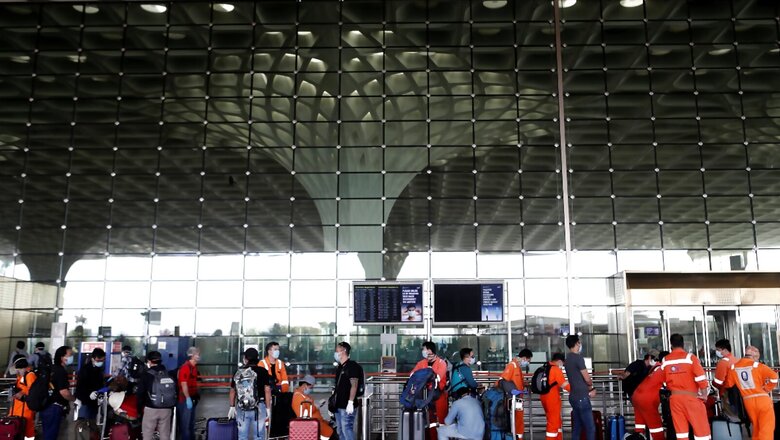
views
The Mumbai Air Traffic Control (ATC) on February 22 celebrated the centennial of the world’s first ATC licence issued on February 22, 1922. The UK had issued the ATC licence number 1 to 22-year-old George Jeffs but since then air travel and its operation have come a long way, taking giant leaps with technological advancement. Speaking to Times of India, ATC Guild’s regional secretary, western region, Saif Ullah talked about the changes in air traffic control in the last century.
“In the early days, with no ATC, pilots had to be aware of their surroundings and separate themselves from air traffic,” he was quoted as saying. But things slowly changed and the first set of rules of the International Commission for Air Navigation was ratified by 10 countries coming together.
However, the mid-air collision between two commercial flights in April 1922 brought a major churning in the way air traffic was managed till then. Countries like the UK, France, Belgium and Netherlands came together and implemented guidelines for keeping aircrafts separate in the air. This led to the formation of air traffic control.
Soon, radio communication and ground beacons were co-opted for making flying safer for passengers. Saif Ullah added that with the increase in aircraft speed, traffic and capacity of aircraft between 1926 and 1935, safety concerns started popping up.
To address the concerns, ATC introduced signal flags for communicating to the direct aircraft and this was eventually replaced by Light Guns. These guns focused their beams on single planes and communicated with colour and flashes.
Towards the second half of the 1930s, the mechanism to coordinate and track flights beyond airports found its place in the ATC. The route controller system used maps, blackboards, and mental calculation to facilitate the smooth operation of flights.
However, the ATC was completely overhauled with the introduction of RADAR. The following years saw a boom in air traffic with more airlines opening across the world and people preferring air travel.
There was stagnation in advancement in the 1990s and with ageing technology, power outage, and other complications, several mid-air traffic disruptions were reported.
But the issues were duly resolved with technological advancement in years to come and ATC space is still going under constant upgradation and advancements.
Source
Read all the Latest Auto News and Breaking News here


















Comments
0 comment